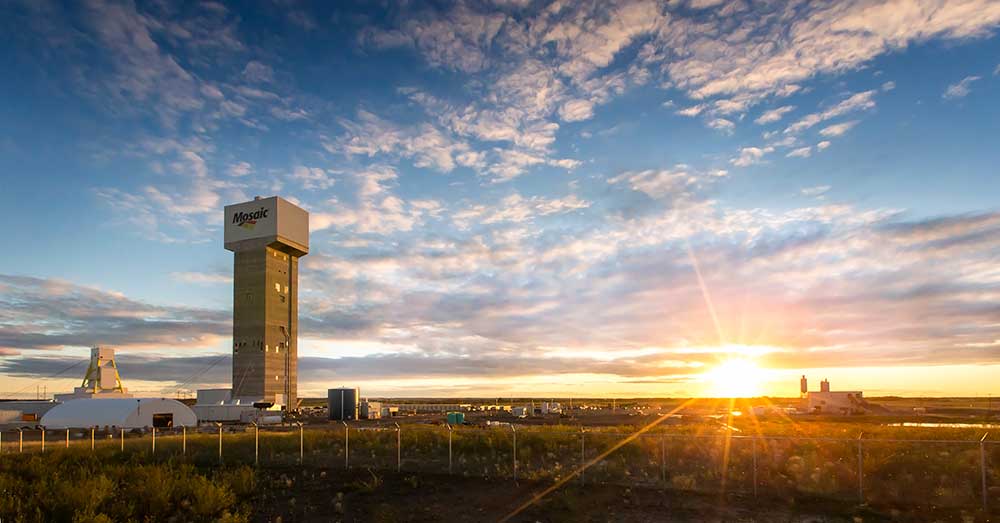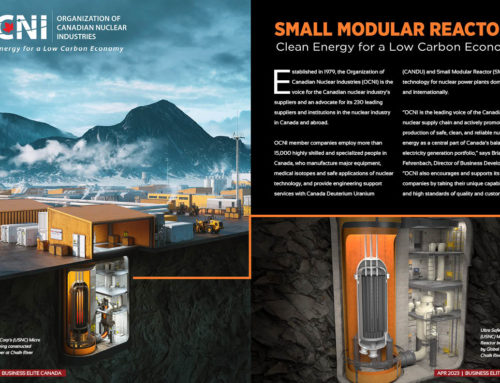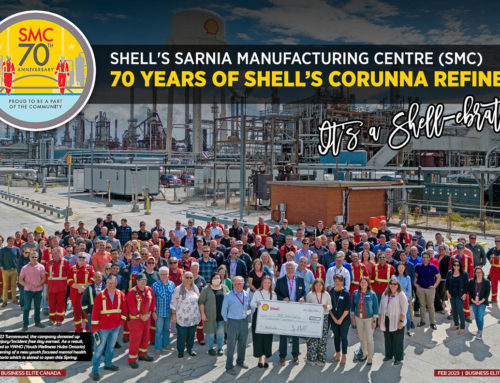Helping the World Grow the Food It Needs
With a long and proud legacy of potash mining in Saskatchewan, Mosaic is committed to the future more than ever.
Esterhazy, Saskatchewan, population 3,000, is one of the many small towns that make up the Canadian Prairies. The town was best known for its connection to the Esterhazy Hungarian noble family up until the 1960s, when the Mosaic Company opened what would become the largest potash mine in the world—and the small town became The Potash Capital of the World.
History of Esterhazy
Mosaic has a long legacy in Esterhazy, having opened the first potash mine in the province over 50 years ago. The first Esterhazy mines, the K1 mine (K for Potassium on the periodic table, of course), has produced millions of tons of ore, effectively starting an entire industry in the region. K1 was followed by K2, effectively establishing the world’s largest potash mines.
Supplying the world’s food demand
A large percentage of the world’s crops can be traced back to the Mosaic’s mining capabilities out of Esterhazy, and with the culmination of a $5-billion expansion investment coming online in 2017, that connection is only growing. The potash mined in the area provides a vital element to healthy fertilizer that plants need to grow. In fact, over half the world’s crop yields, including soybeans, corn, wheat, and rice, couldn’t grow without potash in the soil. In other words, healthy soil that is rich with phosphates and potash, equals healthy crops, and nutrient-rich food for people.
“We help the world grow the food it needs,” says Gerry Couture, VP Capital & Engineering at The Mosaic Company. “That is our mission, and our mines in Esterhazy contribute to fulfilling that mission in a large way.”
Not only a global leader in the field, the Mosaic Company is an integral component to the Canadian economy. Saskatchewan has some of the richest and most plentiful reserves anywhere in the world, and a major economic driver in Saskatchewan. Potash remained the top-ranked non-metallic commodity in 2016, with mine shipments worth $3.9 billion (Natural Resources Canada).
Milestone for the company and province
With the Food and Agriculture Organization of the United Nations predicting steady growth in food demand, so grows the demand for nitrogen, phosphate, and potassium-rich fertilizer. To answer this demand, Mosaic has increased its investment in the province with an extraordinary $5-billion investment in its potash mining operations. Mosaic foresees this expansion effort to add three million tonnes to its overall annual production, engraining its position as a global leader in potash production.
Eight years in the making, K3 first reached potash on February 16, 2017. “On that day, we completed the milestone of sinking to potash,” says Couture, adding that was the day the project had shifted from vertical shaft sinking to horizontal mine development—a major feat of enginnering prowess.
Celebrations were certainly in order: the K3 mine site development is the most significant project in Mosaic’s current plans for potash expansion. Team members and top executives were on hand to visit the mine that day and share in the extraordinary achievement of its many team members. Mosaic also announced three $50,000 grants in support of local projects as a part of the celebrations and to symbolise the company’s commitment to the town and its people.
“It really is a culmination of a lot of hard, and very challenging work, associated with the shaft sinking,” says Couture. “It was an important milestone for our company and the province of Saskatchewan. The investment into K3 is a reinvestment into the Esterhazy operation that will be the mainstay of our potash production, and a significant part of our overall operation for years to come.”
The K3 project was completed in line with the company’s “relentless pursuit of an injury-free workplace”—2017 marks the fourth consecutive year of “record” safety performance. “More than anything else our, greatest priority is the safety of the people working on the project for us,” says Couture. “We work diligently to develop and encourage world-class procedures. Shaft sinking (excavating a vertical tunnel, like the kind in K3) typically involves blasting to break up the ground—a lot of things that go with this work that is very high-risk profile and yet we have safety results that are world class.”
There aren’t many projects as big or bigger or technically challenging as K3. The new operation represents the future of Mosaic and the community, and future reliable food sources. The K3 production headframe is the tallest structure in Saskatchewan—a figurative and literal beacon for the future of the potash industry in the province.







